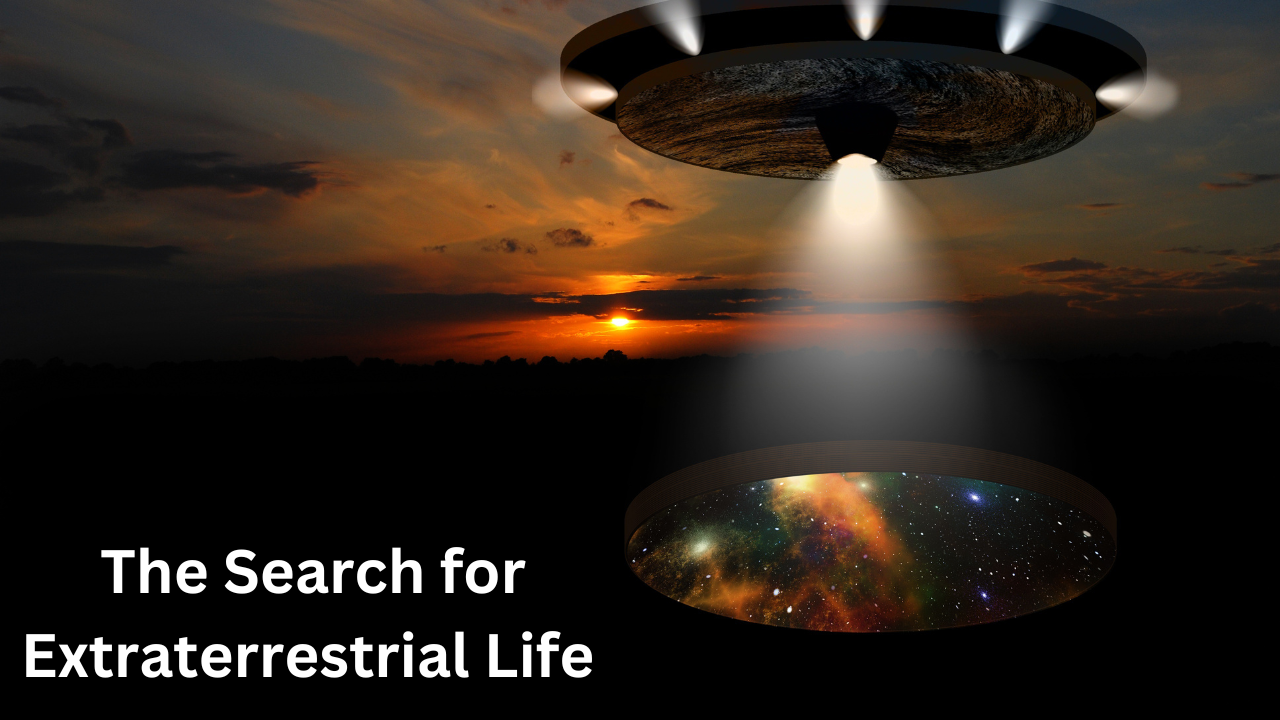
The Search for Extraterrestrial Life - A Journey Through the Universe
For centuries, humans have looked up at the stars and wondered if we are alone in the universe. The search for extraterrestrial life, or the search for aliens, has captivated the minds of scientists and laypeople alike, and has spurred numerous scientific endeavors to find answers to this age-old question.
One of the main areas of focus in the search for extraterrestrial life is the study of exoplanets, or planets that orbit stars outside of our solar system. With the advent of advanced telescopes and other technology, scientists have been able to discover thousands of exoplanets in the past few decades, many of which are located in the habitable zones of their stars and could potentially harbor life.
In addition to looking for exoplanets, scientists also use tools such as radio telescopes to listen for signals from potential alien civilizations. This field of study, known as SETI (Search for Extraterrestrial Intelligence), has yet to yield any definitive results, but it remains an active area of research.
Another aspect of the search for extraterrestrial life is the study of astrobiology, which seeks to understand the origins and evolution of life in the universe. Astrobiologists study extreme environments on Earth, such as deep-sea vents and polar ice caps, to learn more about the conditions that could support life and to search for microbial life forms that may have evolved differently than life on our planet.
As we continue on our journey through the universe in search of extraterrestrial life, it's important to remember that the search itself is a journey of discovery. Whether or not we ultimately find evidence of life beyond Earth, the quest to understand our place in the cosmos and the possibility of life elsewhere is a fundamental human desire that has driven countless scientific advancements and will continue to do so for generations to come.

No comments:
Post a Comment